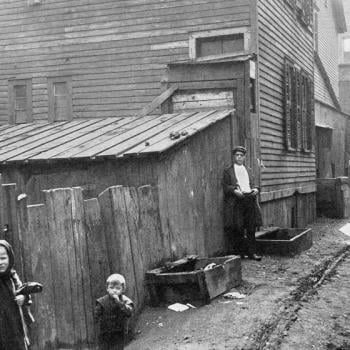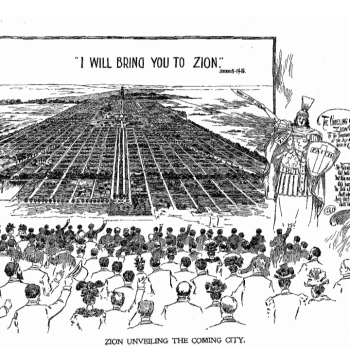Why do we need someone else to tell us who we are? And if we do, why would we choose a “lucrative global corporation” to tell us? What extrovert doesn’t know she is one? What introvert doesn’t know he is one, even before the label is heard?
Merve Emre’s new book about the Myers-Briggs Type Indicator (MBTI) refreshes persistent doubts about the test’s scientific validity. Emre calls the test a “flagship product of a lucrative global corporation, one whose interests sit at the shadowy crossroads of industrial psychology and self-care.” Devised in the 1940s by Carl Jung devotee Katharine Cook Briggs and her daughter Isabel Briggs Myers, the test is a favorite evaluative tool in big corporations and the military, in colleges and churches, not to mention the counseling of engaged couples.
Further, it has become a way for people to try to discover and describe who they are. With what one review of Emre’s book calls “a passion and devotion akin to religious faith,” millions of Americans adopt the four letters assigned by MBTI as a way of naming their true selves. The test can seem at once authoritative and nonjudgmental. It can know you better than yourself, by figuring out, say, that you do more by intuition than by sensing, but purports not to judge you, not tell you to be something other than who it has discovered you really are. It helps you accept yourself as an INFP, an ENTJ. Of course, the reason human-resources departments and admissions offices use these is to screen some personality types away from some kinds of opportunities—effectively telling you that if that is what you are, you are not the right person for this job or that spouse.
The question puts me in mind of Saturday mornings at the Litchfield Female Academy in western Connecticut, where the young women at Sarah Pierce’s boarding-school would tell their faults in public. Pierce’s academy, among America’s first institutions of female education from its 1792 founding, gathered girls of polite families who would not have hazarded their daughters to a place uncareful of their moral formation. Sally Pierce had a high reputation and one for uprightness. In a bracing example of what was hardly a unique practice in Protestant, revivalist, nineteenth-century United States communities, girls weekly came together for “fault telling.” Having copied down school rules in their own hand, they would admit violations, interrupting or slouching or wasting time. Pierce saw her institution as an academic and not ecclesiastical one, but the fault-telling did help clear students’ consciences the day before the sabbath.
This should be recognizable at once as resembling confession, which most Protestants ruled out as sacrament, but for which even Martin Luther kept fondness. Luther continued to believe helpful the experience of having another fallible person speak out to sinners the forgiveness of God.
To be sure, the two practices do not measure exactly the same things. But consider the difference between describing oneself in terms of the mistakes each owns up to making and having a personality type assigned by a nonjudgmental code. In the first: you know yourself by what you do and by grace. In the second: because you have no idea how to name yourself, you wait for somebody else to tell you, then invest yourself in that sentence.
Not knowing who you are is not necessarily a religious question, though it can turn into one. Nor is it a specifically American one, though we have exceptional circumstances contributing to difficulty in figuring ourselves out. Identity politics perhaps has offered one way to help answer the mystery. And Walker Percy explained why Americans tended to get lost in the cosmos, not knowing ourselves though we’ve been stuck with ourselves all our lives.
To help figure ourselves out, we may be willing to pay some one to tell us.
But Myers-Briggs can’t come close to providing the confident certainty of self presented in a story my former pastor used to tell, usually at baptisms. Early in his career as an Episcopal priest, one of his first postings was to a parish on a Caribbean island, visited by beach-loving tourists but with people much poorer his regular parishioners. So the new priest, on a walkabout, encountered an old man, a sweet-potato farmer if I’m recalling right, walking home from the fields, a hoe over one shoulder and body dusted with the day’s dirt. The priest telling the story would let this image linger as we focused mind’s eye on the contrast between the tall young man in clerical garb and the sinewy old man barely clothed. With his gregarious way, the priest introduced himself: “I’m Father Liias, your new priest,” he said warmly, and asked, “And who are you?”
“Who am I? Who am I?” the farmer returned, offended that the priest didn’t know. “Who am I? I am a child of the King, a child of the most high God.” And he strutted off, hoe over his shoulder.













